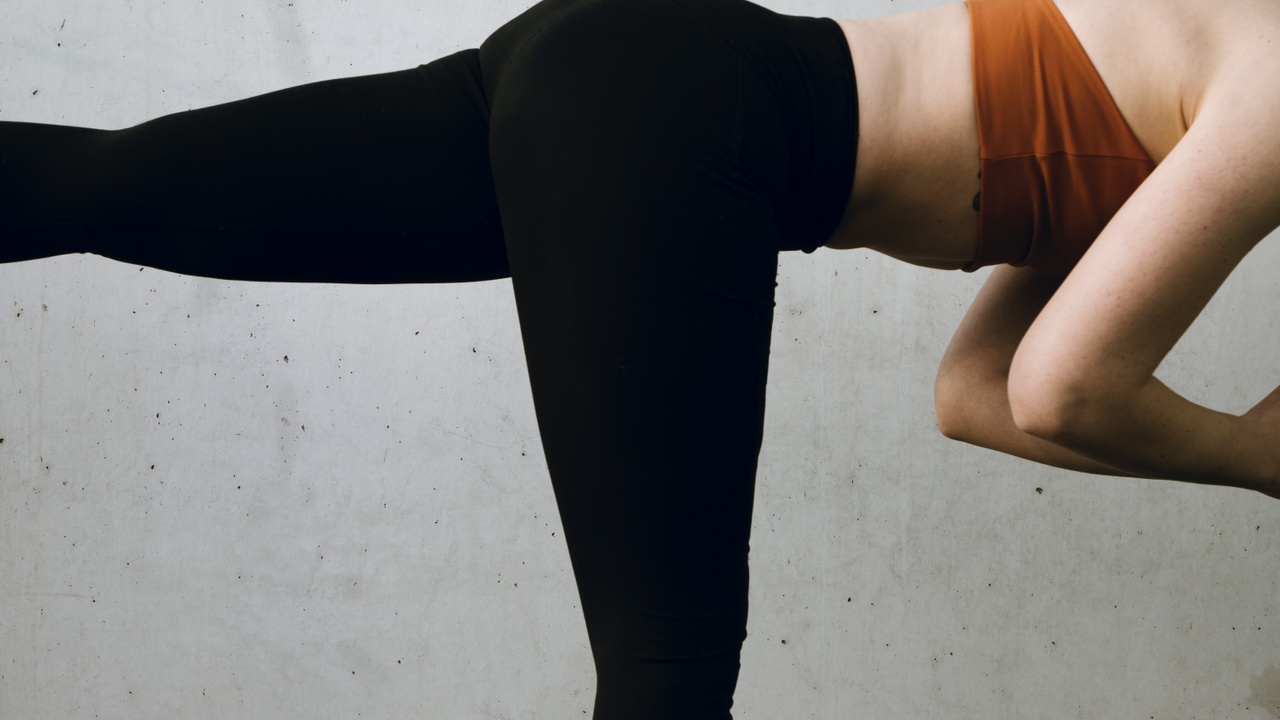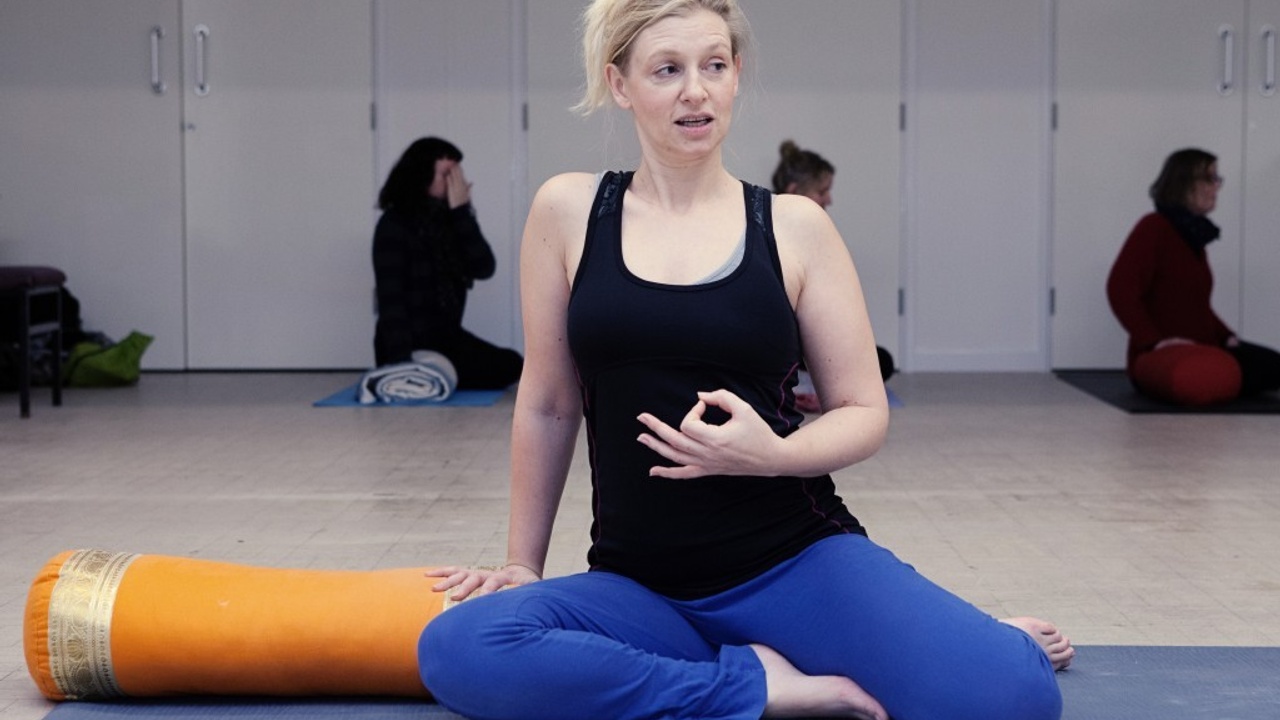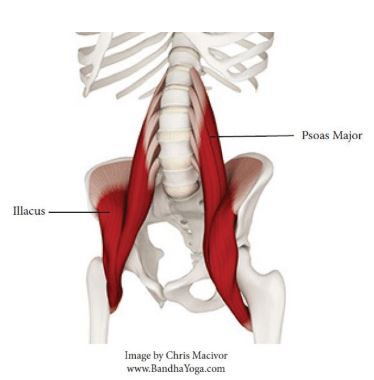How to Maintain Energy Levels
It is a basic truth that the modern world is highly stimulatory. For many of us, the amount we have to do, to watch, to read, to scroll about can be overwhelming, but even if we don’t find the barrage of information seemingly too much, we can become desensitised to how much this steals our energy.
With any action or reaction, we need time and space to rest and recover. This is mirrored in our breath, with the basic pattern of the energising inhalation followed by the releasing exhalation. Accessing states and movement where we are fully able to breathe out and have recovery and energy support within the practice, can also help us feel where can restore, rather than deplete energy resources.
Energy states governed by the nervous system
We have similar active and resting states within the nervous system. This is our complex system of nerves (from brain to outer body) that coordinates all body activity and sensory information by transmitting signals to a...
Stress is a natural part of the human experience, but how we can regulate how we cope with its presence. Chronic stress and trauma create rigidity and tension within body tissues that leave our responses less adaptable and link them to inflammatory and structural issues. Add in that much of modern stress is within sedentary behaviour patterns that don’t allow us to physically express when we are angry, sad or in pain. Recent interest in movement as ‘body psychotherapy’ describes how we process much of our unconscious thought via our physical body.
A 2014 review of mindful movement research called Movement-based embodied contemplative practices: definitions and paradigms (Front Hum Neurosci. 2014; 8: 205) discussed how, over the past decades, cognitive neuroscience has witnessed a shift from predominantly disembodied and computational views of the mind, to more embodied and situated views of the mind. Put simply, to separate out mind from body is to miss intricate links between our men...
There are some real clues when I see clients as to the level of stress that people have been living under and the point where they may be at breaking, close to burnout or on the edge of running out of resources - even to the point of adrenal fatigue or exhaustion. Many of these red flags are describing how people view themselves or the habits that they've been living under that come from age-old conditionings, those strategies that we lay down from very, very early on in life.
So many of the stress burdens that people cycle around are about how much they expect themselves to do, how much they expect themselves to achieve and ideas that relaxing or being restful or in recovery are somehow bad. Unraveling these limiting beliefs and finding new ways to approach how we fill our time and how we nourish ourselves enough to keep going without crashing, can take changes in attitude and lifestyle that have far reaching consequences.
- I'm so overwhelmed, I can't cope.
The feeling of be...
Central strength, vitality and mobility is not all in the abs. Connectivity from the feet, through fascia and up into the psoas is key to the core…
It is a phenomenon within Western medicine, that has subsequently been marketed within the fitness industry, to reduce the body to a series of different specialisms. A popular obsession is ‘core strength’, ‘core stability’ and ‘core work’. The most recognised definition of the core is the region containing the abdominal muscles, but to simply segment this area does not allow us to view our bodies as the web of continual motion that they are. A more systemic, whole-body way of looking at things has grown in recent years through the work of people like Ida Rolf[1], Thomas Hanna[2], Moshe Feldenkrais[3], and Tom Myers[4].
Deepening our understanding of our true core also allows us to expand beyond the concept of a mere body part to focus on when exercising. Feeling it as the central channel (sushumna) from where all of our movement originate...
In a fast-paced world, getting enough deep sleep may seem like a luxury, but quality and quantity of sleep are equally vital – or body and mind suffer…
The sleep cycle
When we sleep, we cycle between different phases. Each is vital and a really good night’s rest includes five or six of each of these cycles. The first sleep cycle is about 1 ½ hours and each progressive cycle is slightly shorter:
- Non Rapid Eye Movement Phase (NREM) – where we first fall asleep, that floating, liminal space where we can easily reawaken.
- NREM 2 dropping a little deeper, heart rate and brain waves slow, eye movement stops and our temperature drops. About half of our time asleep is in this phase.
- NREM 3, deeper sleep, is characterised by longer, fuller breathing, Delta brain waves and an increase in Human Growth Hormone. This is where we strengthen immunity and body and brain repair. If we are woken from this stage, we feel groggy and disorientated.
- Rapid Eye Movement (REM), the stage in which we dream. A lighter ...
How we can stimulate neural connectivity through cross-lateral movement patterns. It all starts with crawling…
Back to baby basics
Our first cross-lateral movement – when a limb from one side does something different to its opposite, or any movement that crosses over the midline, such as right hand touching left knee – is crawling. This is a big evolutionary shift from moving on our bellies, which moves bilaterally – leg and arm from the same side together during which the right side of the brain controls the right, and the left side, the left side of the body. Crawling builds bridges across the two, allowing information to pass freely across the corpus callosum and coordinate our spinal muscles and bodily movement up to standing and walking. Without this stage, we could only move awkwardly with and no relationship across diagonal lines of the body. Babies who do not crawl may well find other cross lateral methods to create this effect[1].
Whether you crawled or not, coming back t...
How we can strengthen neural and physiological responses through cross-lateral connectivity practises…
If you’ve ever tried patting your head while rubbing your belly, you’ll have experienced cross-lateral (CL) connectivity: simultaneous, asymmetrical movement. This requires left-right brain integration; both hemispheres of the brain working symbiotically. In the example of head-patting and belly-rubbing, the CL movement is a limb from one side doing something different to those on the other side, but it can also include any movement that crosses over the midline, such as right hand touching left knee. In terms of yoga, this could be seen as another level of ‘union’, where body, breath and mind are drawn to centre.
Cross-lateral practises keep our neural pathways firing off, equally mapping across both directions. Where the movement pattern is familiar, it may feel smooth and integrated, but if it’s new and unfamiliar, practice and focussed attention may be necessary to get the flow ...
We know intuitively that when we move around, we feel clearer, sharper. When we don't move around enough, then we can feel more mentally sluggish, memory can become little harder to access, and reactions slower.
We can divide cognitive process into six types – attention, perception, memory, language, learning, and higher reasoning. These can both can occur simultaneously and independently, they rely upon each other and intertwine for that orchestration of how we think, feel and move our way through life. Learning new skills and new ways of thinking are supported when we also learn new movement patterns eg a new dance, type of movement to increase our cognitive fitness and longevity of our mental processes.
When we get moving, we increase circulation, we exercise the blood vessels themselves and this helps to prevent neurodegenerative conditions known to create cognitive impairment (Journal of Internal Medicine, 2011; 269(1): 107-117). Exercise also helps to control blood sugar levels...
With more and more people facing life-threatening illnesses stemming from sedentary culture, yoga and movement teachers have a critical role to play
“Sitting is the new smoking” was a sensational headline which rippled through the news last year, but was this over-dramatic? Increasing evidence shows that it is worth examining issues facing our ever-increasing sedentary culture.
Most people, especially movement teachers and bodyworkers who see these issues across a broad spectrum of clients, associate long-term sitting with structural issues and pain. But there is also growing discussion around the correlation between increased sitting and metabolic and chronic, inflammatory conditions; often referred to as ‘diseases of Western civilisation’. A study of 4,811 British public servants was published this year[1], which followed people who were on average 44 years old, with no incidence of diabetes, heart or circulatory problems at the start. Over the next 13 years, 402 people developed d...
We explore how sedentary culture is causing us more serious harm than achy backs and necks and how we can consciously shift this…
Sitting has been described as “the new smoking”, one of the root causes of some of the diseases of modern Western civilisation. And the problems arising from us sitting so much are far more ominous than the postural issues you might think; including metabolic and chronic, inflammatory conditions. A study of British public servants[1] examined how low long-term health risks for conditions such as type 2 diabetes, heart disease and an early death could stem from sedentary work.
What’s the harm in sitting?
We might wonder why sitting is so bad, as it seems natural to sit and focus or relax by sinking into the sofa? But consider that there is no comfy furniture in the wild; we were designed within nature and much of our function is bound up in those constant shifts where we would have squatted, sat on uncomfortable surfaces and kept adjusted in ways that enco...
Sugar is addictive
It’s a rare person who is immune to the call of the sweet stuff when tired, stressed, fed-up or hearing that “I deserve it” inner voice. We can dismiss indulgence in cakes, biscuits and sodas as ‘treats’ but the truth is that high-sugar foods like have been shown to affect the same opioid receptors in the brain that are activated by drugs like cocaine and morphine1. With regular sugar consumption shown to create patterns of craving, bingeing and withdrawal, it has earned its growing recognition as an addictive substance as well as contributing to obesity, inflammation and chronic disease2,3,4,5,6.
Cravings for instant hits
Craving is the uncontrollable want for something immediately; as sugar in the form of glucose is our main energy source, it represents the most immediate ‘quick-fix’ when we feel an imperative to get a task done or the need to protect ourselves. Our brains are our most important survival organ and they demand a constant energy supply; if this is...
The psoas muscle that allows us to stand proudly upright, is located deep within the front hip joint and lower spine. As a potential source of lower back and hip pain, to simply view its involvement in a mechanistic way is to only see a fraction of the bigger picture. As the only muscle that connects top and bottom body, its role in bipedal standing and walking is critical for alignment and movement, but also for our feelings of well-being. As we gauge its ease or non-ease from deep in the belly, tension in the psoas affects us on a deeply emotional level; it acts as a messenger to and from the brain and stores responses to replay them when we remember, imagine or revisit situations that cause us difficulty.
Adding some simple movements and sensitivity to your exercise programme can make the difference between creating more tension and finding a fluidity and refinement of movement that feels in concord with your natural body needs.
The Psoas Muscle
The psoas is a multi-joint muscl...

















